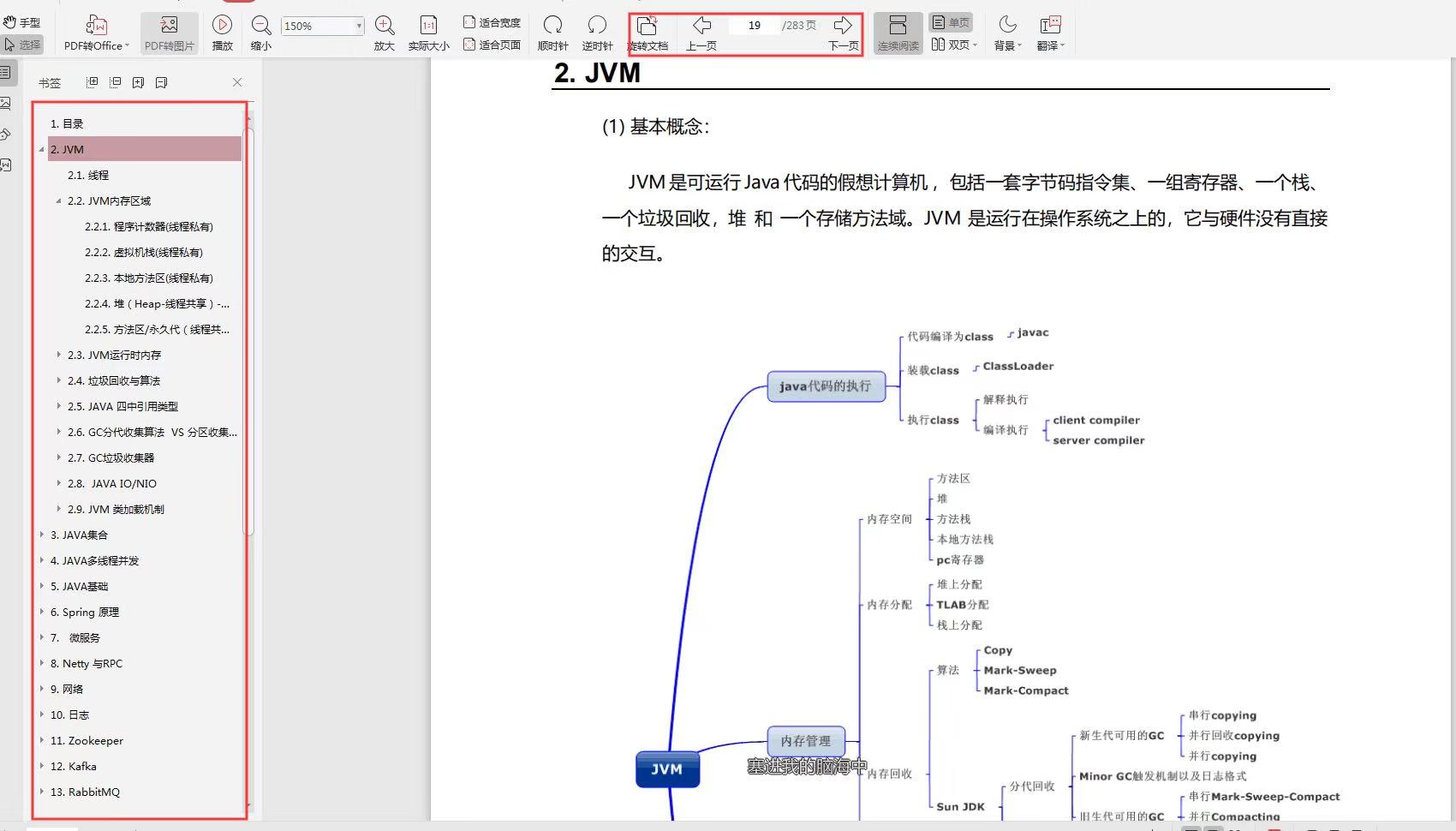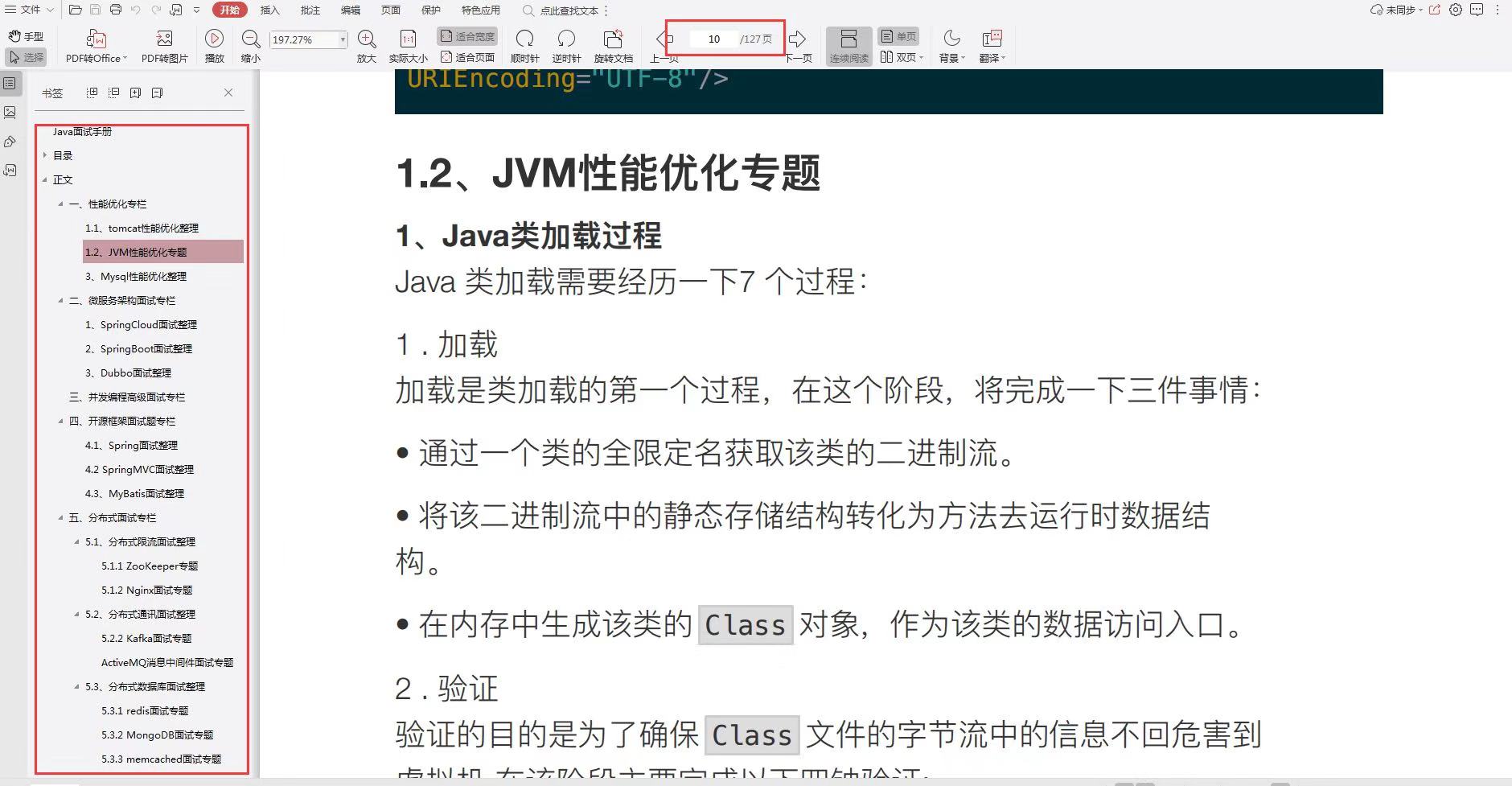一、注解是什么
-
注解的定义
-
注解是一种元数据形式(元数据就是冠以数据的数据), 即注解是属于java的一种数据类型,和类、接口、数组、枚举类似。
-
注解用来修饰,类、方法、变量、参数、包 。
- 注解不会对所修饰的代码产生直接的影响。
2. 注解可以干嘛,注解的基本作用
-
生成文档
-
代替配置文件的功能
-
编译时进行格式检查
二、使用注解的好处
-
注解与xml配置的区别
-
注解:是一种分散式的元数据,与源代码耦合。
-
xml :是一种集中式的元数据,与源代码解耦。
-
注解的缺点
-
因为会分散到很多类中所以不好管理和维护
-
如果需要更改会改变源代码
-
缺乏灵活性
-
缺乏可扩展性和复杂性
-
注解的优点
-
注解比较方便
-
简化配置提高开发效率
-
类型安全,xml只有在运行时才能发现问题
三、注解是干嘛的
-
标准注解
-
@Override
- @Deprecated
- @SuppressWarnings
-
元注解
-
@Retention(注解保留策略)
-
@Retention(RetentionPolicy.SOURCE) // 注解仅存在于源码中,在class字节码文件中不包含
-
@Retention(RetentionPolicy.CLASS) // 默认的保留策略,注解会在class字节码文件中存在,但运行时无法获得
-
@Retention(RetentionPolicy.RUNTIME) // 注解会在class字节码文件中存在,在运行时可以通过反射获取到
-
@Target(注解的作用目标)
-
@Target(ElementType.TYPE) // 接口、类、枚举、注解
-
@Target(ElementType.FIELD) // 字段、枚举的常量
-
@Target(ElementType.METHOD) // 方法
-
@Target(ElementType.PARAMETER) // 方法参数
-
@Target(ElementType.CONSTRUCTOR) // 构造函数
-
@Target(ElementType.LOCAL_VARIABLE) // 局部变量
-
@Target(ElementType.ANNOTATION_TYPE) // 注解
-
@Target(ElementType.PACKAGE) // 包
-
@Documented(注解包含在javadoc中)
-
@Inhertied(允许子类继承父类中的注解)
四、如何使用自定义注解
-
定义注解
-
定义注解用@interface 来标识 会自动继承java.lang.annotation.Annotation接口
-
注解类型元素
-
基本类型
-
String
-
class
-
enum
-
annotation
-
以上类型的数组
-
配置注解
package com.annotations; import java.lang.annotation.Documented; import java.lang.annotation.ElementType; import java.lang.annotation.Retention; import java.lang.annotation.RetentionPolicy; import java.lang.annotation.Target; /** * 自定义日志注解 * Retention(RetentionPolicy.RUNTIME) 生命周期永远不会被丢弃 * Target(ElementType.METHOD) 作用于方法上 * @author 果咩 */ @Target(ElementType.METHOD) @Retention(RetentionPolicy.RUNTIME) @Documented public @interface LogAnnotation { // 描述 String actiondese() default ""; //类型 public enum Logtype {ADD,UPDATE,DEL,SET,LOGIN,LOGOUT,MESSAGE}; Logtype actionvalue() default Logtype.ADD; }
-
解析注解
-
<T extends Annotation> T getAnnotation(Class<T> annotationClass): 返回改程序元素上存在的、指定类型的注解,如果该类型注解不存在,则返回null。
-
Annotation[] getAnnotations():返回该程序元素上存在的所有注解。
-
boolean is AnnotationPresent(Class<?extends Annotation> annotationClass):判断该程序元素上是否包含指定类型的注解,存在则返回true,否则返回false.
-
Annotation[] getDeclaredAnnotations():返回直接存在于此元素上的所有注释。与此接口中的其他方法不同,该方法将忽略继承的注释。(如果没有注释直接存在于此元素上,则返回长度为零的一个数组。)该方法的调用者可以随意修改返回的数组;这不会对其他调用者返回的数组产生任何影响。
public class TestAnnotation { public static void main(String[] args){ try { //获取Student的Class对象 Class stuClass = Class.forName("pojos.Student"); //说明一下,这里形参不能写成Integer.class,应写为int.class //获取注解所标注的方法 Method stuMethod = stuClass.getMethod("study",int.class); if(stuMethod.isAnnotationPresent(LogAnnotation.class)){ System.out.println("Student类上配置了logAnnotation注解!"); //获取该元素上指定类型的注解 LogAnnotation logAnnotation= stuMethod.getAnnotation(LogAnnotation.class); //打印 System.out.println("actionDesc: " +logAnnotation.actiondese() + ",actionvalue: " + logAnnotation.actionvalue()); }else{ System.out.println("Student类上没有配置logAnnotation注解!"); } } catch (ClassNotFoundException e) { e.printStackTrace(); } catch (NoSuchMethodException e) { e.printStackTrace(); } } }
.jpg)

